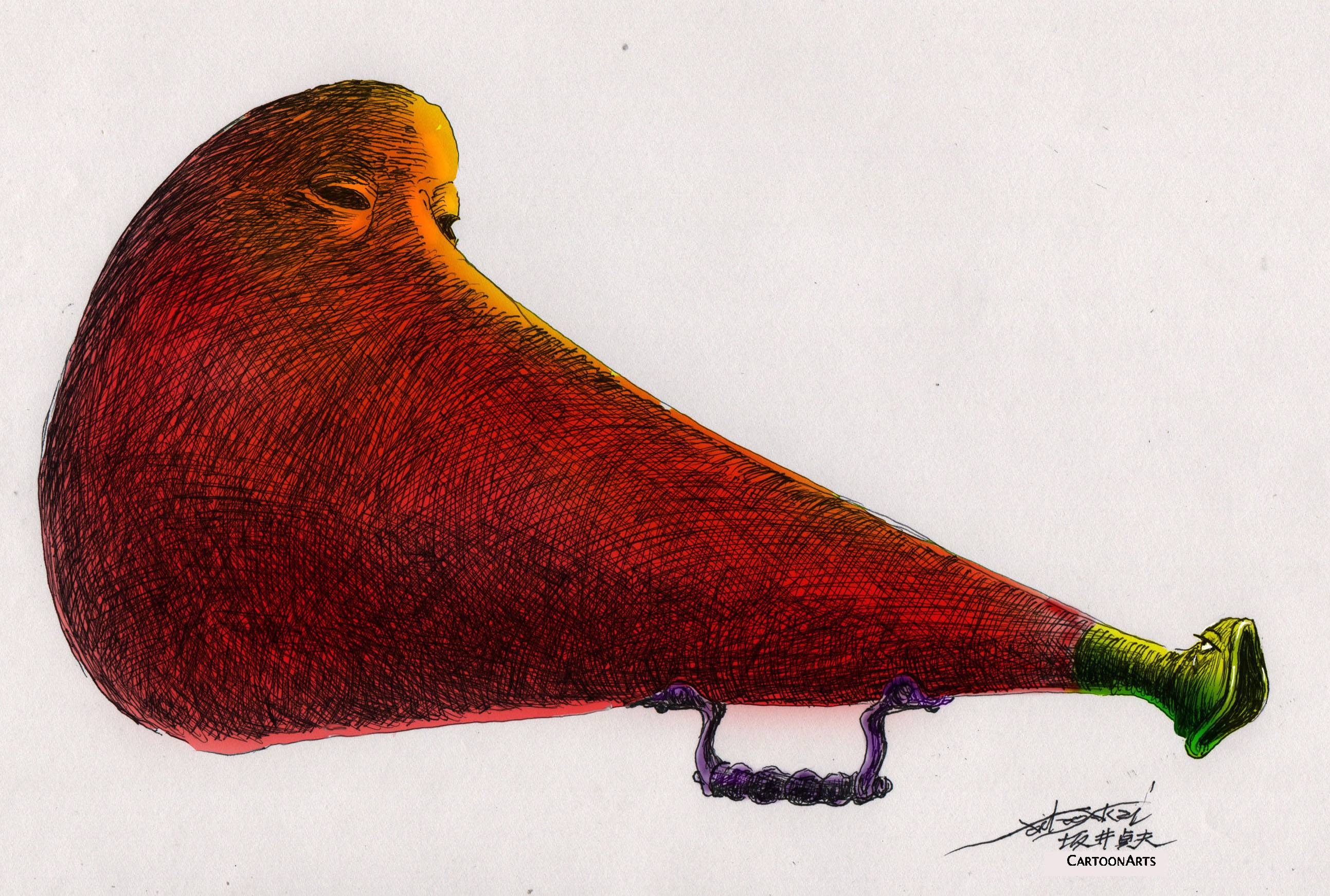The rise of China and the great power competition that it has triggered is part of a much more important story that has been largely obscured as the world struggles to come to grips with Beijing’s new influence and status.
The more significant development is the emergence of a tripolar global order, one in which China plays a role but is part of a much bigger process. The real story is “the rise of Asia” and the consequent shift in global power — or to be more precise, the failure of power to shift to the region as its wealth and potential grows.
Asia’s rise is unmistakable. The region claims more than half the world’s population, and should, this year, become home to half the world’s middle class (defined as those living in households with daily per capita incomes between $10 and $100 at 2005 purchasing power parity). A 2019 Financial Times analysis of data from the U.N. Conference on Trade and Development (UNCTAD) concluded that Asian economies will be larger than the rest of the world combined in 2020, for the first time since the 19th century. (The COVID-19 pandemic may push that back, but given the global impact, it could also accelerate the transition.)



